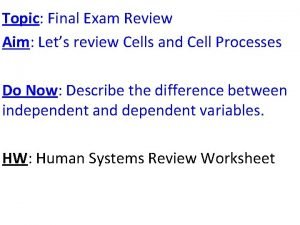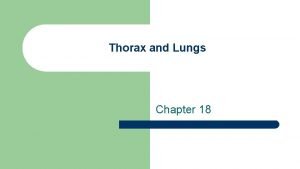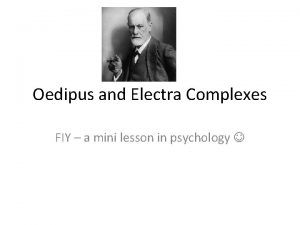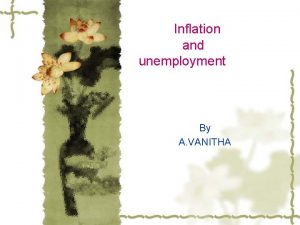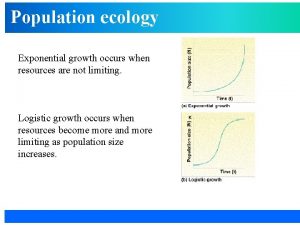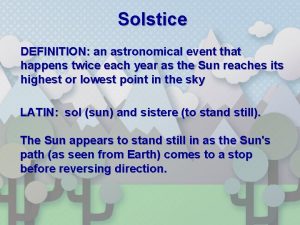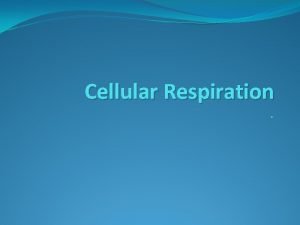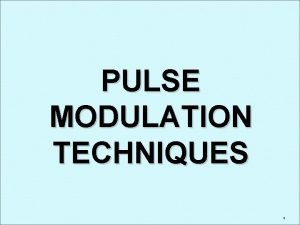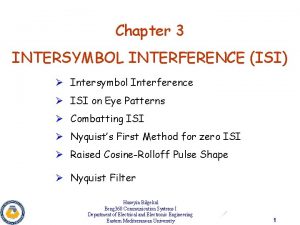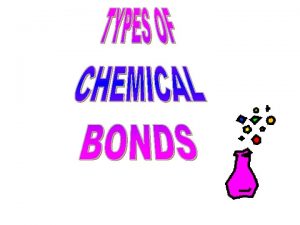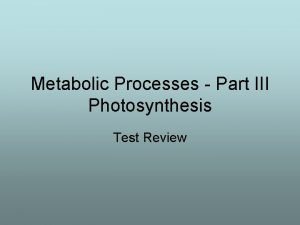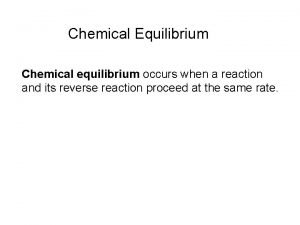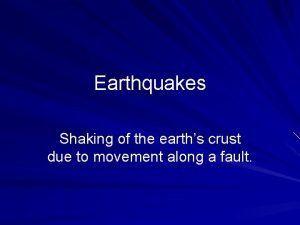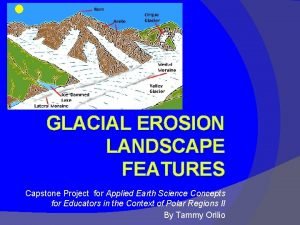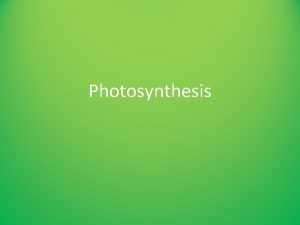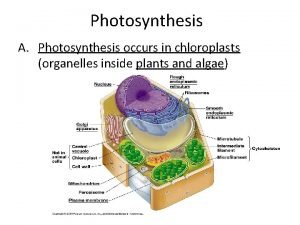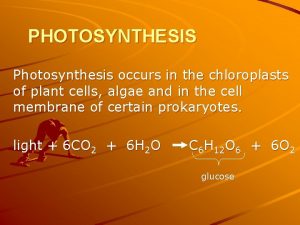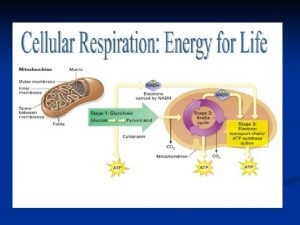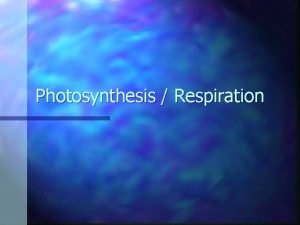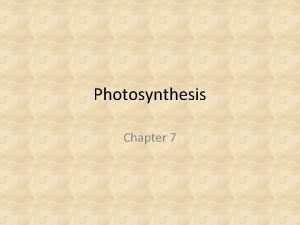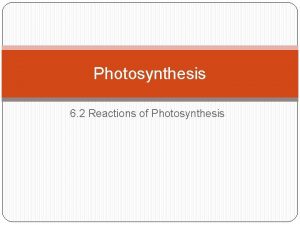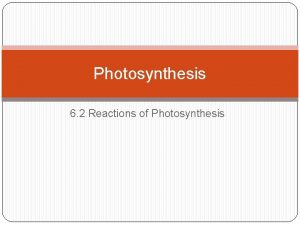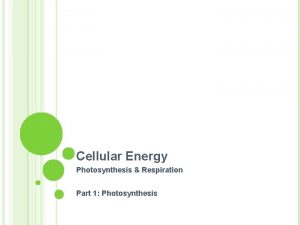Photosynthesis What is it Where it occurs How




























- Slides: 28

Photosynthesis • What is it ? • Where it occurs ? • How is its important ? • How to measure ?

Photosynthesis ประกอบดวย 3 กระบวนการยอย • CO 2 diffusion A = Cg d[CO 2[ • Photochemical process (light reaction( 4 H 2 O + 2 ADP+2 NADP+ +2 pi O 2+2 H 2 O+2 ATP+2 NADPH +2 H+ • Biochemical process 3 CO 2+9 ATP+6 NADPH+6 H+ P+6 NADP+9 ADP+8 Pi+3 H 2 O triose-

The overall chemical reaction • CO 2 + 2 H 2 O light / atenna ADP +Pi +NADP+ CO 2 (CH 2 O) + H 2 O + O 2 PSII PSI Cytochrome enzymes/ stroma Ru. BPcarboxylase : CO 2 receptor O 2 + H+ +Pi ATP + NADPH (CH 2 O)

CHLOROPLAST • 1 - 10 mm • Lamellae (membranes) : light reaction – stroma lamella (double lamella) – grana lamella (stacked lamella) • Stroma : dark reaction

Leaf anatomy of C 3 vs. C 4 plants


Chloroplast and Chlorophyll structure

Electron transportation • Chlorophyll a , b Carotenoid • Reaction centers : absorbed PHOTONS from light energy • PSII : ground stage excited stage • PSI : Q , Photophosphorylation

Energy diagram of the photosynthetic electron transport system Light O 2 Chlorophyll a/b Chlorophyll a P 680 Electron transfer P 700 Electron transfer NADPH ATP H 2 O Photosystem II Photosystem I

Energy diagram of the photosynthetic electron transport Redox potential Fd-Ub -800 e- -600 Fd -400 -200 Solar radiation e ADP 400 e- Cty f ATP 600 800 Solar eradiation Q 0 200 NADP+ H 2 O Photo system II H+ O 2 NADPH Photo system I CO 2 reduction

Radiation vs Photons • E = hv = speed of light/wave length • E = energy content of the quantum (J/quantum( • h = Planck ‘s constant (6. 626 x 10 -34 J s( ) 700 600 ) 14. 3 16. 7 ) 4. 5 5 ) 2. 9 3. 3 500 400 nm( 20 25 x 103 cm-1( 6 7. 5 x 1014 s-1( 4 5 x 10 -19 J quantum-1(

Conversion factors for energy units used in the text • • • 1 electron volt (e. V) = 1. 602 x 10 -19 J 1 watt = 1 J s-1 1 k. Wh = 3. 6 x 106 J 1 Joule = 0. 239 calories 6. 242= x 1018 e. V 1 cal. = 4. 184 J 1 k. J mol quantum -1 = 1. 036 x 10 -2 e. V Plank’s constant = 6. 62 x 10 -34 Js 4. 136= x 10 -15 e. Vs 1 mol quantum of photon contains Avogadro’s number 6. 023 x 1023 particles = 1 Eistein

Radiation & Light

Carbondioxide fixation Biomass or Dry weight = Photosynthesis Respiration - Dead - Translocation Carbon Balance • C 3 species : Calvin cycle ; RUBP 3 -PGA • C 4 species : Hatch & Slack cycle ; PEP Oxaloacetic Acid etc. • Crussulation Acid Metabolism (CAM) : CO 2 fixed during night C 3 vs C 4 : Kranz anatomy



C 3 C 4 and CAM plant PEP Carboxylase CO 2 C 4 Organic acids PEP C 3 C 4 CAM Ru. BP Carboxylase CO 2 C 3 acids CO 2 PGA RUBP Mesophyll Bundle sheath Dark Light (CH 2 O)


Cellular respiration • The process by which active cells obtain energy. It occurs in mitochondria, there are two coditions : aerobic & anaerobic respiration. • The obtained energy was used for maintenance and growth of the cell or organ. • Growth respiration : catabolism provides the energy required for biosynthesis and constructive reactions leading to form cellular products used in the crop growth

Aerobic respiration has 3 stages: C 6 H 12 O 6 + 6 O 2 6 CO 2 + 6 H 2 O + energy Sucrose NAD+ Glycolysis Pyruvic acid e transport chain TCA Oxidative phosphorylation Krebs’ cycle NADH, + ADP NADH, ATP O 2 H 2 O

Respiration • MITOCHONDRIA • C 6 H 12 O 6 + 6 O 2 6 CO 2 + 6 H 2 O +637 kcal • Glycolysis : anaerobic respiration • aerobic respiration : Kreb’s cycle ; Oxidative phosphorylation


Major plant metabolisms O 2 STRUCTURAL compounds • cellulose • hemicellulose • pentosans • pectin, ect. Chloroplast : Photosynthesis STORAGE compounds • starch • fructosans • proteins • lipids, ect. ACTIVE CELL compounds • nucleic acids • enzymes • cytochrome • chlorophyll • phospholipids, ect. Synthesis / Translocation Glycolysis CO 2 ATP, NADP Mitochondria : Respiration; Krebs cycle O 2 CO 2

Photosynthesis vs Respiration • Photophosporylation • Oxidative phosphorylation • NADPH formed • NADP formed • CO 2 reduction • CO 2 as substrate • CO 2 is product • H 2 O as substrate • H 2 O is product • O 2 is substrate • CH 2 O is product • (CH 2 O)n is substrate and product

Photosynthesis vs Respiration if. …… • Down • Up • Down if + CO 2 • Up • Up if + light • Up • Up if + temperature • Stop • Burst if dark if + O 2


Environments SOIL CLIMATE AGRONOMY Character of CROPS Water route Photosynthesis Yield potential Etr/Etm Pst * Etr/Etm -Res P pot X HI

BAMnut model (Azam-Ali Sayed et. al, 2001. A Global Mapping Systems for Bambara Groundnut Production. FAO Agricultural Information Management Series( Weather data Water limited growth (WLG( Radiation limited growth (LLG( seed Intercepted radiation Bambara groundnut Water uptake Soil water Root Pod. W Leaf. W Root. W Shoot. W
 Brittle fracture vs ductile fracture
Brittle fracture vs ductile fracture While viewing a slide of rapidly moving sperm cells
While viewing a slide of rapidly moving sperm cells What causes tactile fremitus
What causes tactile fremitus Oedipus complex occurs in what stage
Oedipus complex occurs in what stage What crisis occurs involving lydia
What crisis occurs involving lydia Dna replication in bacteria occurs
Dna replication in bacteria occurs Demand-pull inflation occurs when
Demand-pull inflation occurs when Exponential growth occurs when
Exponential growth occurs when Dave edinger
Dave edinger An event that happens twice a year
An event that happens twice a year T flip flop excitation table
T flip flop excitation table Elizabethan audience beliefs
Elizabethan audience beliefs Steps 1
Steps 1 Glycolysis occurs in the
Glycolysis occurs in the Pulse code modulation conclusion
Pulse code modulation conclusion Isi occurs when
Isi occurs when Short run macroeconomic equilibrium
Short run macroeconomic equilibrium Metallic bonds
Metallic bonds Photorespiration occurs principally because of
Photorespiration occurs principally because of Existence dependent
Existence dependent Phsycological noise
Phsycological noise Equilibrium occurs when
Equilibrium occurs when Fertilization occurs
Fertilization occurs Earthquake occurs
Earthquake occurs Refraction occurs
Refraction occurs Scarcity occurs when
Scarcity occurs when An overflow occurs when the home bucket
An overflow occurs when the home bucket An interaction occurs when:
An interaction occurs when: Erosion occurs when natural forces alter the landscape
Erosion occurs when natural forces alter the landscape

